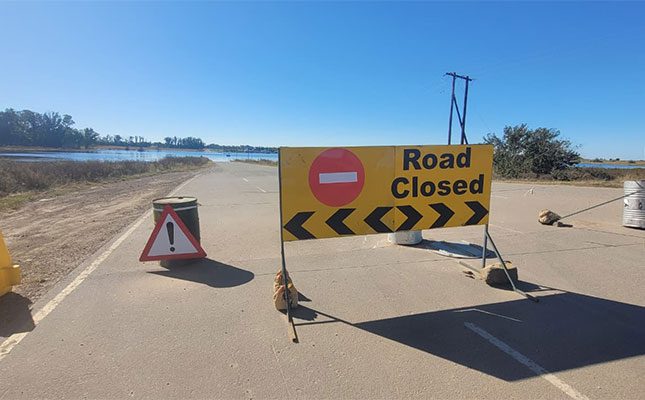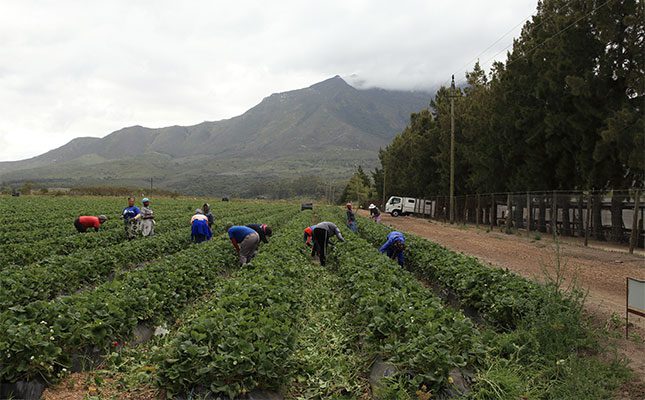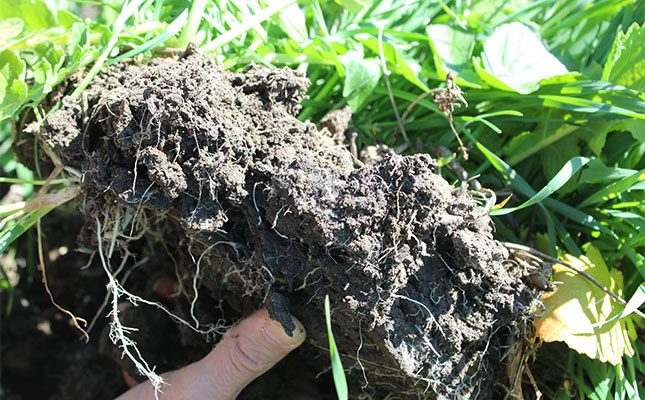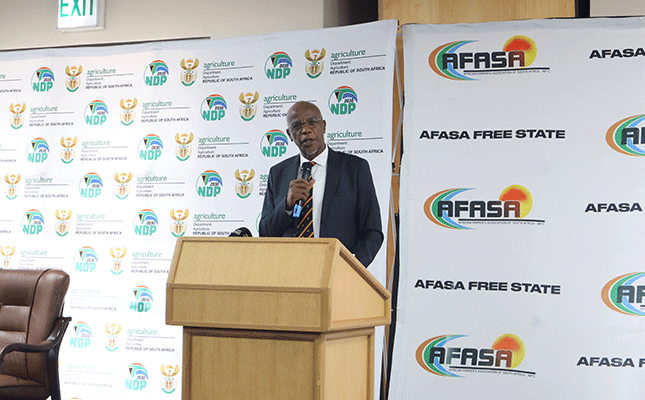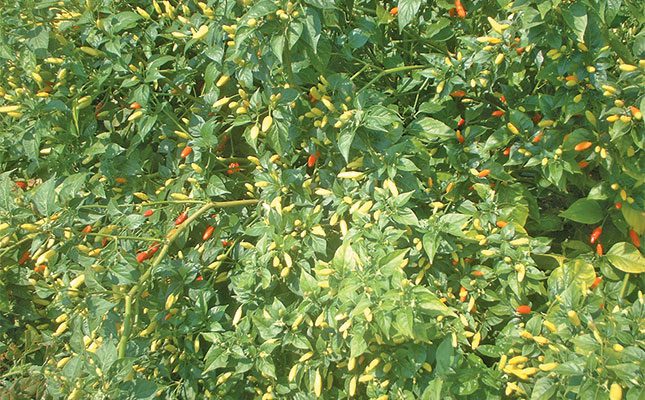
Photo: National Treasury RSA Facebook
Godongwana used his address to emphasise economic stability, structural reforms, infrastructure recovery, and improved logistics, areas which agricultural experts say strengthen long-term sector sustainability.
While he admitted that South Africa must “accelerate economic growth to create jobs and reduce poverty at the scale required,” the minister also highlighted that progress on stabilising debt, exiting the Financial Action Task Force’s grey list, and implementing reforms in energy, transport and water would create a platform for improved private-sector confidence in the country.
Speaking to Farmer’s Weekly, senior agricultural economist at FNB, Paul Makube, said the MTBPS, although not agriculture-focused, contains “critical fiscal signals that will shape investment decisions in the sector”.
He said despite the absence of a direct reference to agriculture, there are broader implications for long-term stability and sustainability in the sector.
“The expected growth in public-sector infrastructure spending of 6,5% annually, which would unlock opportunities in most importantly logistics, construction, and related sectors, will underpin long-term stability and sustainability for the agriculture sector.”
Makube highlighted the minister’s announcement of a revised inflation target of 3% with a 1% tolerance band.
“Policy certainty through the adoption of a lower inflation target of 3% with a 1% tolerance band signals lower borrowing costs over time, thus providing an opportunity for farmers to review shelved expansion plans or replenishing their machinery fleet,” he said.
Makube added that expectations of declining interest rates would significantly ease financial pressure in one of the country’s most capital-intensive sectors.
“So far, indications are that the repo rate will fall to 6,75% and 6,25% by the end of 2026 and 2027, respectively. This implies a significant reduction in debt servicing costs for farmers. Total agriculture debt in South Africa stood at R221,82 billion in 2024, with a compound annual growth rate of 5,8% in the past 10 years,” Makube said.
Structural reforms in logistics, freight rail, ports and municipal infrastructure were central themes in the MTBPS, which were also welcomed by agricultural economists, who described them as essential for farm productivity and export growth.
Godongwana said: “Reforms in freight logistics are gaining speed … vessel waiting times are down 75%, while container handling is faster, and private sector participation in rail is expanding across major corridors.”
Makube said these interventions directly support agriculture’s value chain.
“Although powering on, the agriculture sector growth has been constrained by severe deterioration in logistics, road infrastructure, and poor municipal services,” he said.
“This came at a huge cost to the sector as farmers and agribusiness in some instances had to intervene and fix infrastructure, such as roads, that are critical for their businesses success. They partnered with government to repair roads in some areas,” he added.
Makube said although significant strides have been made between the agriculture stakeholders, Transnet, and government to ensure improvement in logistics, further investments will help unlock opportunities for export-oriented industries as markets gradually expand.
The MTBPS highlighted that the Department of Transport would issue the first rail corridor request for proposals by December, a move expected to benefit bulk commodities such as sugar, fruit, grains and livestock feed.
Makube also mentioned that Africa-focused trade and investment positioning highlighted in the speech could strengthen agricultural exports.
Wandile Sihlobo, chief economist at Agbiz, said the renewed focus on improving the country’s failing network industries was a positive signal for long-term agricultural growth.
“The agriculture sector’s long-term growth prospects are dependent on better-maintained roads, functioning rail, efficient water systems, efficient ports, and better-functioning municipalities, among other key areas. The Treasury’s focus on these and broader infrastructure is supportive of the sector.”
While the broader economic reforms were welcomed by most, the sugar industry raised concerns that the MTBPS failed to address the deepening threat of cheap imported sugar, which SA Canegrowers said was displacing local product at an unprecedented rate.
SA Canegrowers chairperson Higgins Mdluli told Farmer’s Weekly that while Godongwana’s MTBPS did not indicate an increase to the Health Promotion Levy (HPL, commonly referred to as the sugar tax), this only offered temporary relief for growers already battling a crisis. He said that the industry remained under severe pressure.
“When the sugar tax was first introduced in April 2018, as many as16 000 jobs were lost in the first year alone. But this year the landscape for South African sugar has changed dramatically.”
He said foreign sugar imports have surged, with the organisation reporting a 400% increase in imported sugar entering the country.
“The 149 000t and counting of imported sugar will undoubtedly have a dramatic effect on the industry’s ability to remain a stable employer in rural Mpumalanga and KwaZulu-Natal. Any increase in the sugar tax would worsen an already dire situation,” Mdluli said.

